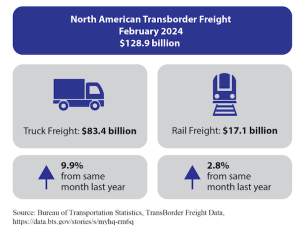
As shippers of low-temperature product will know, tests have shown that shelf-life is increased when tuna is frozen to -60'C (-76'F) for storage and transport. The SDF-60 equipment offered by Norfrig Equipment/Klinge in the past was a well-received solution to the challenges of low-temperature storage, but was largely used in static locations and not necessarily intended for marine transport. Klinge Sales Manager Jason Flynn noted that 'Klinge's aim with its new NMF-371 unit is to provide an improved design tailored to ocean shipment of ultra-low temperature cargo, while also removing the need for an internal evaporator section used in our previous models'thereby providing maximum usable cargo space.'
Mr. Flynn continued, stating: 'Unlike picture-frame models, the NMF-371 also allows for the use of an integral generator set in case of loss of power at the port or during inland transport or storage. With a cargo as valuable as tuna, this option provides additional peace of mind and the generator set travels easily with the container without requiring additional handling equipment or external storage.'
The new design also allows for easier servicing when on board the vessel as all components can be accessed and repaired from the front of the container, including evaporator fans, temperature probes, compressors, and condenser fans).
Klinge President and CEO Henrik Klinge noted that: 'This is a major shift in the design philosophy of this equipment and provides a much more versatile solution for low-temperature transport and storage than those systems currently available on the market. At the same time, it does not sacrifice the proven performance of our systems as the major components have either remained the same or received an upgrade.'







